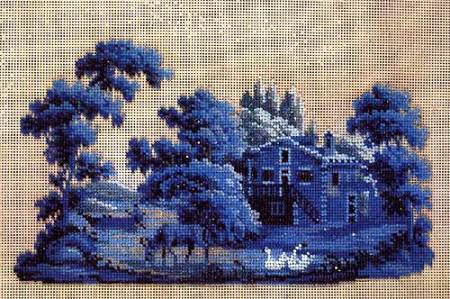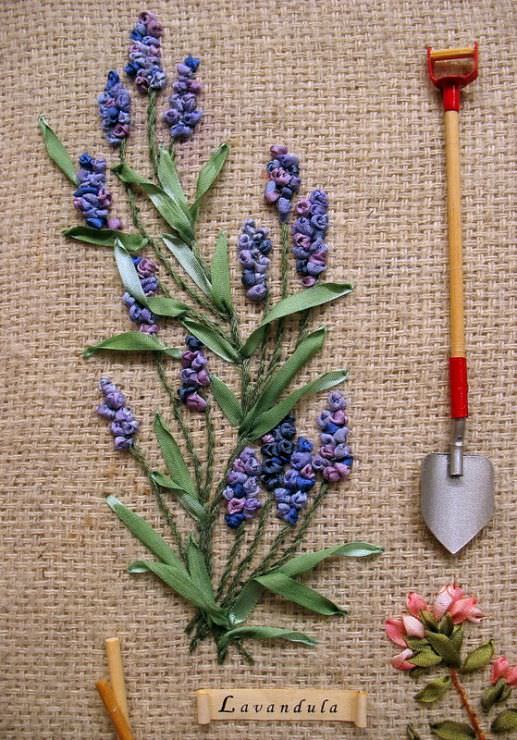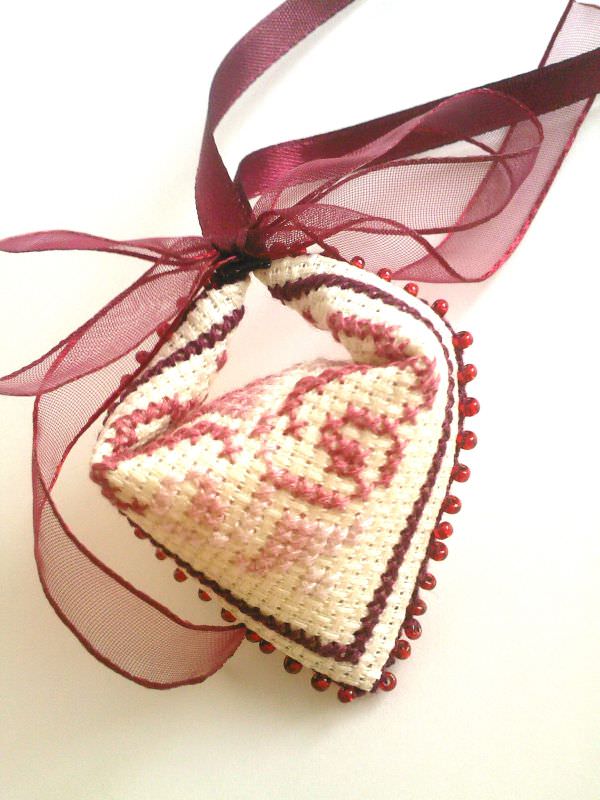
Canvas for embroidery what it is and how to choose (photo)
Content
- Ordinary canvas for embroidery
- Canvas with a picture
- The application of "carpet" canvas
- Plastic canvas
- Video: embroidery on plastic canvas
- Vinyl canvas
- Perforated paper
- Waybill
- Video: how to embroider on a water-soluble canvas
A canvas is a canvas that is usedFor embroidery. All this canvas can be divided into ordinary, which is used as a base and an invoice, removed from the product after embroidery. In turn, the latter is divided into removable and soluble. Canvas for embroidery differs among themselves not only in appearance, but also in color and size. To determine the size of the canvas, the number of cells in one inch is calculated. Both the size and the kind of material are undoubtedly important for the final result of the embroidery. In the work with the canvas, you can use not only needles, but also a hook, for example, for carpet technology. Use the scheme or apply an option such as a canvas with a picture.
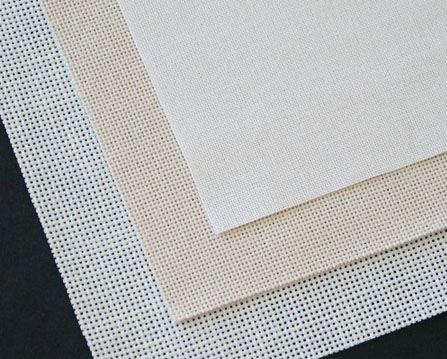

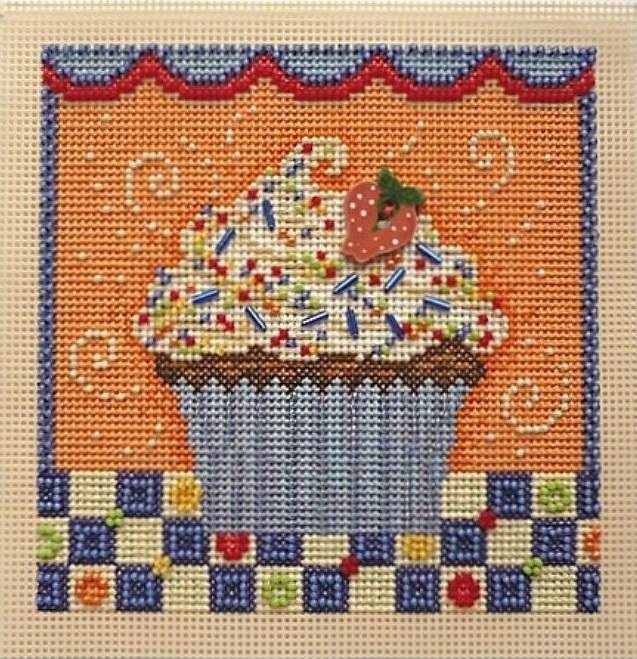
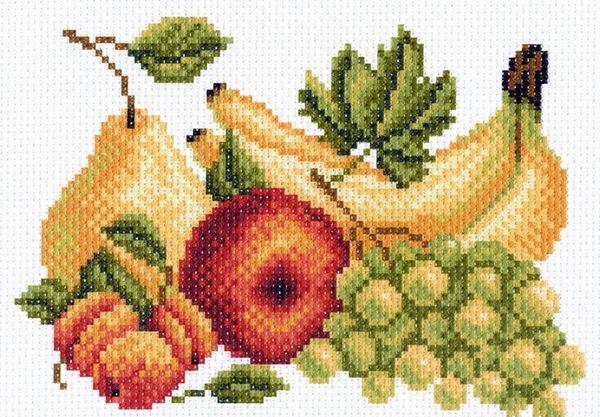
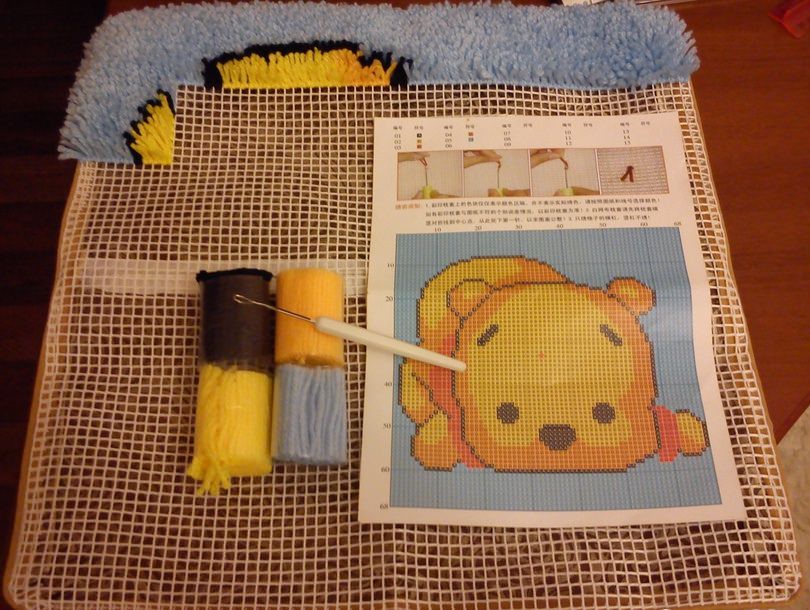
Ordinary canvas for embroidery
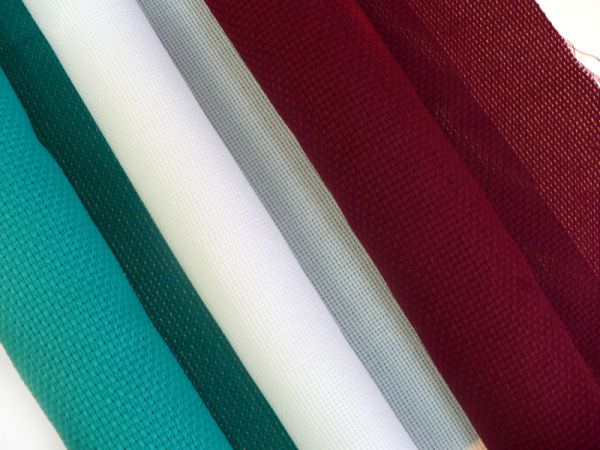
It can be such a fabric as Aida, soCalled, block type, uniformly interwoven fabric, cotton, mixed cotton and linen. There is a canvas of different colors, as well as a canvas with a printed pattern or with the addition of metallized filaments to the texture.
Aida is perhaps the most popular clothFor cross-stitching and not only. Can be represented as a canvas with a pattern, with glitter and even painted in a vintage style. There are also options for using for background various ornaments or elements such as a strip, cage or peas. Distinguish the canvas of different sizes. For inexperienced embroiderers, it is best to use the twelfth or eleventh number of the canvas. And for the first time and at all the eighth. For embroidering the paintings, the sixteenth number is considered to be the most appropriate.
Flax is much more difficult to use than Aida, andHardly suitable for beginners. On sale it is available in different sizes and is represented by a wide color palette. Tissues of mixed type are much cheaper than pure flax, but they are not inferior in appearance to it.
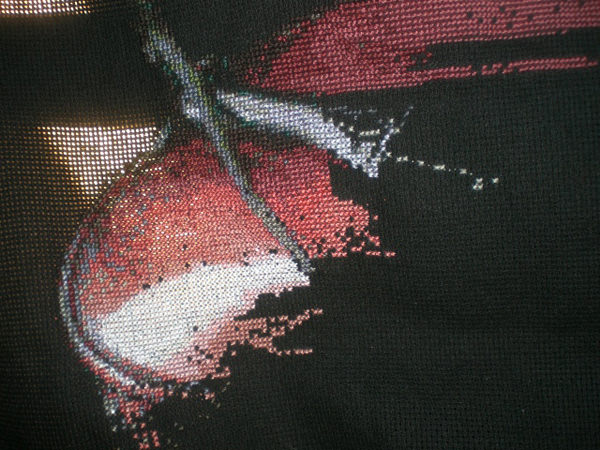
Embroidery on the Black Canvas.Deserves embroidery on a black canvas. This canvas has certain types of shortcomings. It is difficult to see the holes, which means that the vision is more strained and tired much faster than usual. On a black fabric it is more difficult to make a marking and to make calculation. To do this, use white special markers, soap, chalk or thread. If you use chalk or soap, you should not mark everything at once, since these lines have the property of crumbling in the process of work. There is another problem faced by needlewomen working with a black canvas. It consists in the fact that a lot of extraneous elements stick to the canvas, such as pet hair or just small debris. With this phenomenon it is easy to fight with the use of a sticky brush or even just an adhesive tape. Canva with a drawing can also be black. Embroidery on the material of this nature looks very stylish and somehow mysterious.
For embroidering with a cross, a uniform weave fabric is also often used.
Canvas with a picture
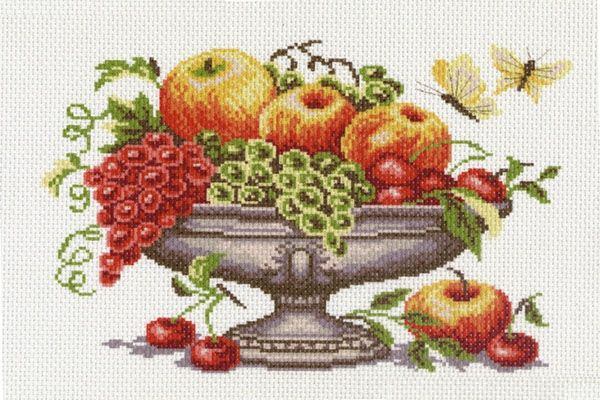
Great popularity among the skilled workersCanvas with a picture. Drawing on the canvas allows you not to use the scheme in the process of work and do not apply the calculation of crosses. And also not to part with your work, even in those places where it is not possible to spread out your embroidery. The canvas with a printed pattern can be of different colors and, accordingly, of different sizes. It is easy to pick up threads or beads, just by applying them to the color, and the width of the stitch needed to work. Any canvas with a pattern is a dense fabric, cotton or satin with a printed image. The speed of execution of such a product is quite high, since it is not necessary to calculate the number of crosses in each row.
The application of "carpet" canvas
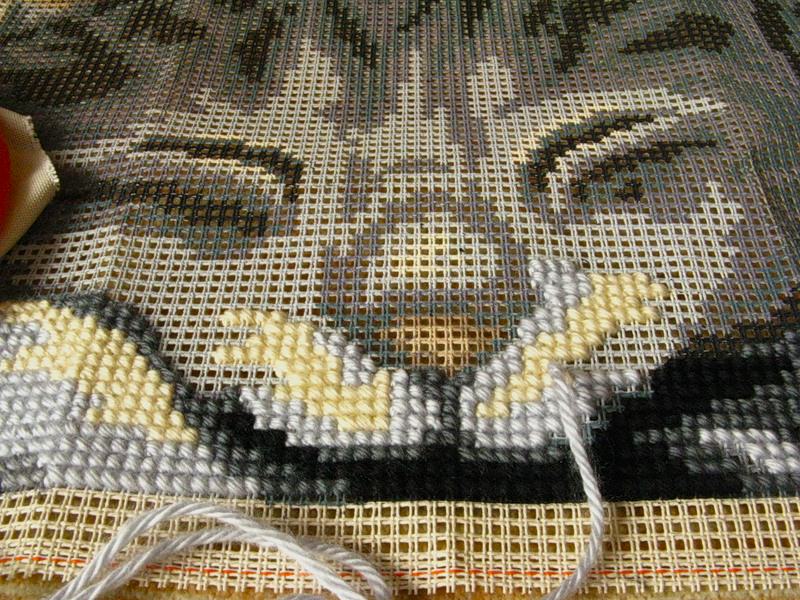
Strimin with ready-made embroidery patternForThe creation of rugs uses a rigid canvas with or without a pattern, which has large square holes. It's called strumin. You will also need to use a special hook that helps tighten the knot on the carpet base and, as a rule, is a part of such kits for needlework. If you do not have the necessary tool, then you can use the usual hook, but you have to tie the knots manually. When creating a product, embroidery on the carpet canvas is made starting from the lower left corner. Nodules, of which the rug consists, stretch crochet gradually, row after row. Things created with the help of carpet technology are very cute, fluffy and homely at home. And it is absolutely not necessary to perform such an article by hook, it is quite possible to embroider it with an ordinary cross using thick threads. If the canvas with a picture is not available for you, use any scheme for working with crosses.
Plastic canvas
The material is quite tough and durable. Excellent preserves the shape of the product. Embroidery on canvas is used to create charms, boxes and toys on the Christmas tree. It can be a canvas with a pattern and without. It is produced not only in the form of sheets, but also, in various forms. If such a bend is bent, then on the bend site there remains a hall that is quite visible. Weaving does not exist at this canvas. It is monolithic.

Starting work with this material is necessaryTake into account the fact that the color of the chosen canvas should not be too contrasting with respect to the tone of the embroidery. After all, the finished work, as a rule, remains jagged edge, which will be clearly visible. Although it, of course, can be treated with any thread or tape. The drawing must always be filled. Plastic canvas for embroidery in a non-sewn version does not look very good. After preparing all the materials, you need to cut out the necessary details from the canvas and embroider them, each separately. To create a three-dimensional product, it is necessary to cut off the edge with the teeth from all the elements and fasten them together by stitching or gluing. With the help of this canvas, you can even make a doll-puppet, which will move all parts of the body. On the back of the craft, it is better to paste felt or any other fabric. But, if the wrong side is made perfectly, then you can leave it as it is. Using this canvas as a basis, you can embroider absolutely any kind of stitches and even ribbons. You can also use it, when creating any things, as a cardboard. The casket, which is assembled from a plastic canvas and covered with a cloth, is easy to wash or clean without violating its integrity.
Video: embroidery on plastic canvas
Vinyl canvas
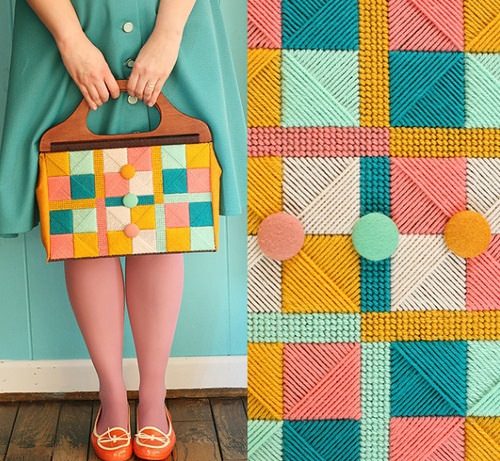
This kind of material is usually sold in rolls and,Over time, it can form wrinkles. Its merits include the following: the edge does not crumble, the embroidery frame is not required, as it itself is sufficiently dense, when wet, does not completely lose its original shape. For work any embroidery method, where stitching is required, is suitable. Vinyl canvas is very similar to plastic, but it has a significant difference from the latter. It is flexible. That is why it is the preferred choice for embroidering with a cross or beads such things as covers for books or documents, handbags, wallets, clutches, as well as eyewear covers and Christmas toys that consist of two halves and require padding.
If you are going to embroider with beads, thenChoose an outline containing larger cells. It is of different colors, even black. Edges, for beauty, can be treated with a conventional stitch, and if you make loops, alternating the level of each, it will generally turn out quite unusual. For sewing to this canvas of beads, it is better to use a white or black fishing line. It depends on what color the vinyl canvas is used for. And the rest of the principles of working with it are the same as with the plastic one. Vinyl canvas with a picture is usually not produced.
Perforated paper

This material, like other types of dense canvas,Used by needlewomen to create voluminous gizmos with cross stitch. It is also respected by those who are at the same time fond of scrapbooking, because it allows you to use embroidery for decorating things done and in this technique too. Working with paper is not at all difficult. Its edges are easily processed. It is important to use the correct thread for embroidery. The fewer thread additions you use, the easier it will be to do the work. A thread that is too thick can break through the paper. If, at the end of the work, transitions from one color to another are visible, it is better to seal the underside with a cloth or decorative paper. It's easy to finish your embroidery on such material. It is enough to cut the paper, stepping back from the edge of the embroidery to one cell. The edges can be decorated with braid or a beautiful lace, or you can leave it in its original form.
Waybill

As already mentioned above, this canvas is divided into the following types: one that, after work, is pulled out and the one that is dissolved.
Removable canvas is quite stiff, starched andResembles the stress. Such a canvas with a pattern does not exist. For work a piece of slightly larger size than the chosen design is used. If your product is made of thin or stretch fabric, then glue it from the wrong side of the fabric. Attach the overlaid canvas to the fabric on which it is planned to create a picture, in a way of omitting. And otomyvat better from the middle to the edges across. You can use embroidery hoop for embroidery, but if the thing is knitted, it is better to work on your hands. At the end of the work, do not rush to pull the threads. In a dry state, this is not easy. First, moisten a little work with water or rinse in a rinse aid for clothes. This will make the process easier. Use a pair of fine tweezers to remove the threads of the canvas.

Embroidery on the water-solubleStands still. After the world appeared a water-soluble canvas for cross stitching and other techniques, all problems with pulling the thread left far behind. The whole essence of the work remained the same. But now, at the end of the process, the product simply falls for 10 minutes in hot (50 °) water and the entire canvas disappears without a trace. But, unfortunately, the water-soluble canvas has a number of its drawbacks. Firstly, it is available only in one version (14 crosses per 1 inch) and a piece of the same size, namely 20cm by 22cm. And secondly, such a temperature regime, like the one used in dissolving it, can not withstand all the threads. Well, of course, in this version, the canvas with a pattern does not exist.


